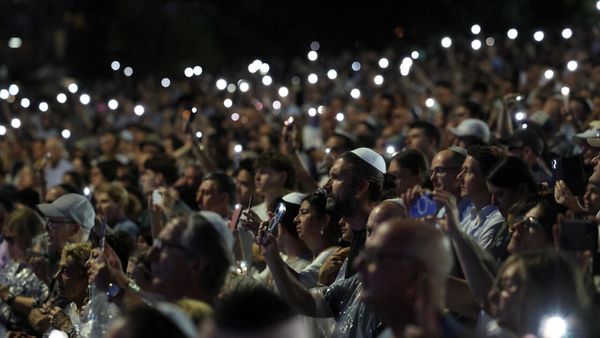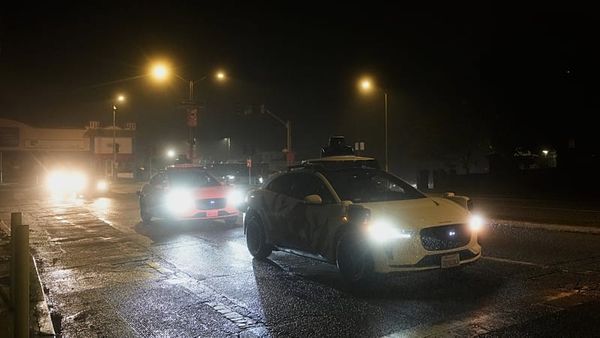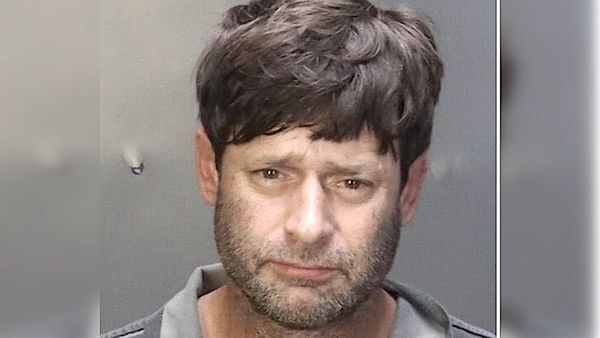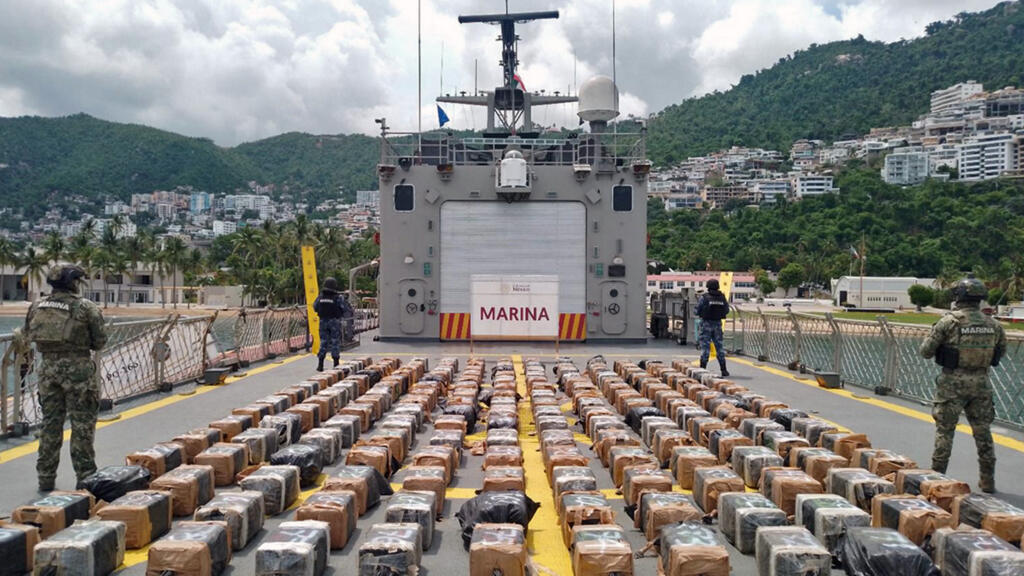
Cocaine has never been more abundant, more profitable, or more widely consumed. Record production in South America is fuelling a surge in shipments to Europe, now the most lucrative market for the drug. RFI maps the new power structures driving the boom – not the cartels of legend, but a web of armed groups and brokers managing the trade.
Gone are the days when cartels operated as rigid pyramids under a single boss like Pablo Escobar. Today the cocaine economy relies on flexible alliances that connect producers, transporters and distributors across continents – a structure designed to withstand seizures and police crackdowns.
The United Nations Office on Drugs and Crime (UNODC) estimates that more than 3,708 tonnes of cocaine were produced in 2023, up 34 percent in a single year.
The United States and Europe remain the main markets, but demand is now rising in Asia and emerging in Africa.
“There is not a single actor who has a hand on everything, but key groups that coordinate and orchestrate the contact between different actors,” Laurent Laniel, analyst at the European Union Drugs Agency (EUDA), told RFI.
“It is then these actors who carry out the concrete tasks: producing cocaine, transporting it and selling it.”
Balkan cartels use West Africa to push cocaine into Europe, report warns
Colombia’s coca heartlands
Before cocaine reaches Europe’s ports, it begins as coca leaves grown high in the Andes. Thousands of small farmers cultivate the crop across more than 355,000 hectares, mostly in Colombia, with smaller areas in Bolivia and Peru.
The US Drug Enforcement Administration (DEA) notes in its latest report that “Colombian criminal organisations continue to dominate the large-scale production of cocaine”.
Colombia alone accounts for two-thirds of global output.
A drug market specialist told RFI that production is concentrated in “five enclaves of production, territories where the state can very hardly intervene, controlled by armed groups – dissidents of the Farc, guerrillas of the ELN, former paramilitaries like the Clan del Golfo”.
These groups tax farmers, demand part of the harvest, control clandestine labs and organise exports directly or through subcontractors.
The picture looks very different in Bolivia, where coca cultivation is legal.
“There are no cartels or armed groups,” Laniel said. “Production is supervised by unions, and it works fairly well – there is no violence at any rate.”
From these valleys, the drug enters international trafficking networks – and that is where Brazilian criminal groups have taken on an increasingly central role.
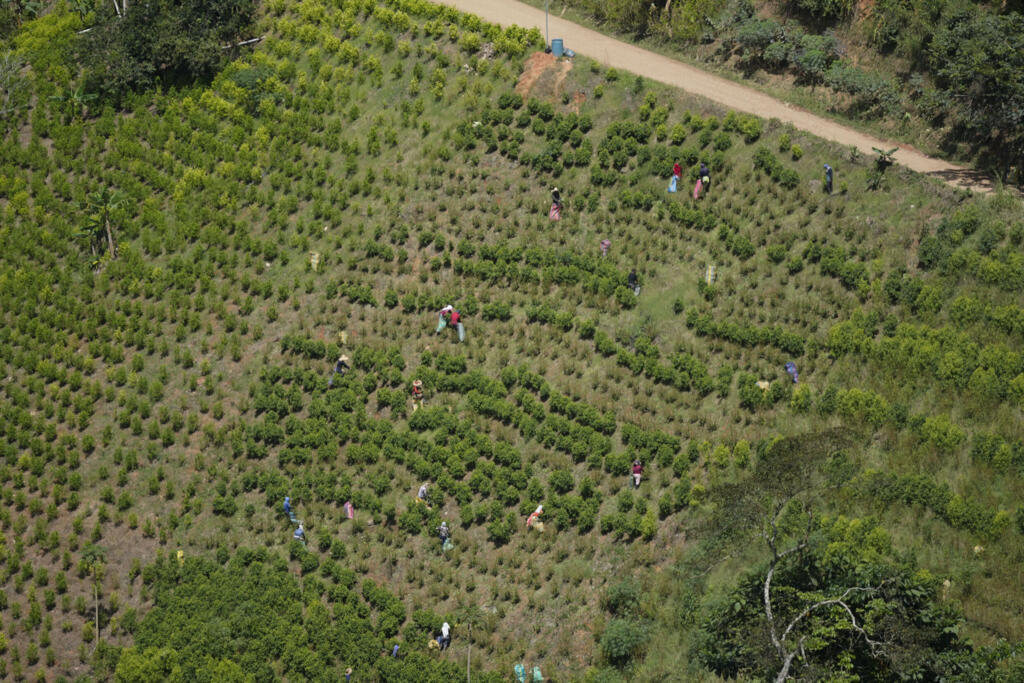
Brazilian gang at centre
Once processed, cocaine must leave South America, with the maritime route remaining preferred.
Shipments are hidden in containers, carried in semi-submersibles or smuggled by human couriers, or mules. Local groups sometimes handle exports themselves, but often rely on transnational networks that specialise in logistics.
One of the most powerful players is Brazil’s Primeiro Comando da Capital (First Command of the Capital, PCC).
“At the beginning, it was a group of prisoners in Sao Paulo who, after the Carandiru massacre in 1992, created the organisation to demand better detention conditions,” Victor Simoni, researcher for the Interministerial Programme of Applied Research into the Fight Against Drugs (Pirelad), the French government’s anti-drug research initiative, told RFI.
“It was built as both a corporatist movement and a secret society, with a baptism system to become brothers and an internal justice system inside prisons.”
How the Caribbean became a front line in France's fight against the cocaine trade
From the 2000s, the PCC spread beyond prisons, controlling street-level cocaine sales in the favelas and branching into money laundering, stolen cars, counterfeit medicines and human trafficking.
By the 2010s, it had moved into ports and airports – especially Santos, Latin America’s largest port – to secure exports to Europe and beyond.
“The PCC acts as a platform of intermediation. Colombian producers, for example, produce a huge amount but may not have the capacity to send several tonnes to Le Havre or Rotterdam," Simoni said.
"So the PCC connects them, in exchange for money or services, with logisticians who can get the cocaine into European ports, or with mafias like Italy’s ’Ndrangheta or Balkan networks that want to buy from the Colombians. It also regulates prices, secures shipments and redistributes profits.”
Unlike Escobar’s Medellin cartel, the PCC operates horizontally. “Each link knows only the one before and the one after, which makes the chain hard to trace,” Simoni explained.
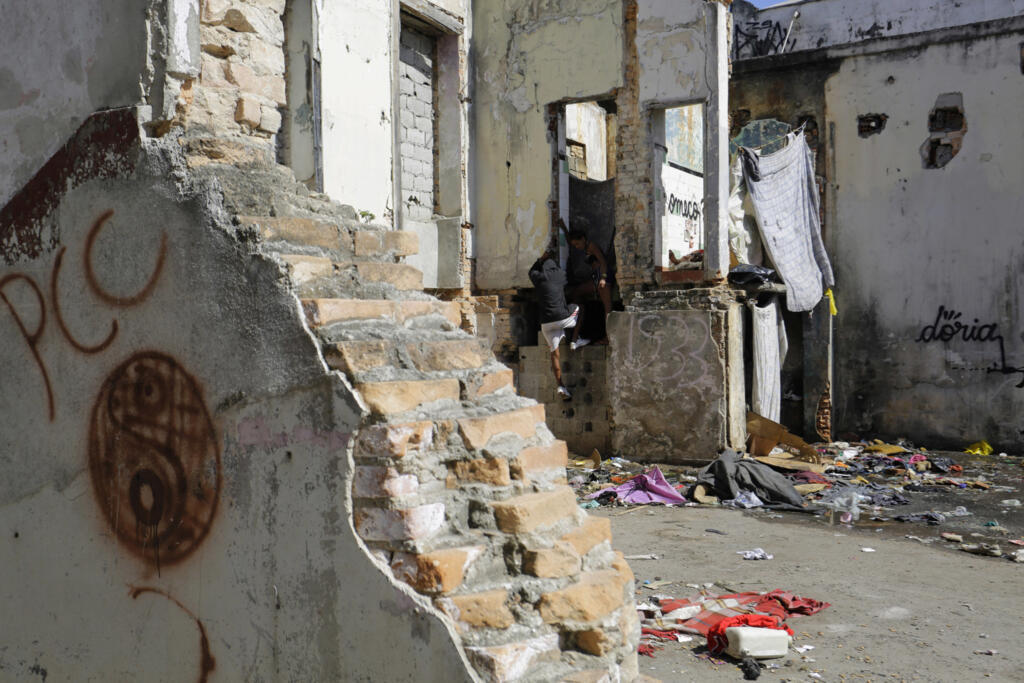
This model has proved highly efficient, diversifying routes and delivering purer cocaine at lower prices. As the North American drug war intensified in the mid-2010s, traffickers shifted towards Europe.
“Today, the majority of the waves of coke arriving in Europe are orchestrated by the PCC,” said Simoni, who has studied seizures at the port of Le Havre.
A 2023 report by Global Initiative also linked the PCC to growing flows through West Africa as a staging point for Europe. Experts now view the PCC as one of the main transnational exporters, though Mexican cartels such as Sinaloa and Jalisco remain dominant in North America.
“It seems there is a global understanding between the big criminal groups,” Simoni said. “Everyone has realised that violence harms trafficking and profitability, and that it is better to cooperate.”
The French customs intelligence service, the National Directorate of Intelligence and Customs Investigations (DNRED), reached a similar conclusion in a 2024 Senate report. It noted that “as long as seizures do not reach between 70 and 90 percent of production, we are not biting into the economic model”.
‘Smoking to survive’: How Sierra Leone’s youth got hooked on kush
Fragmented distribution
If the PCC dominates large-scale exports, distribution inside Europe is far more fragmented.
Writing in the Journal of Illicit Economies and Development in 2025, researchers Nicolas Lien and Gabriel Feltran said global criminal logistics now link “a wider variety of producers and retailers”.
They noted that while only a handful of big groups control the centre of the chain, the overall market has no monopoly.
Laurent Laniel adds that alongside the big players, “you still find European traffickers who order directly from Peru, and small groups who buy 10 or 15 kilos to bring into the mainland”.
Ports such as Rotterdam, Antwerp, Hamburg, Le Havre, Valencia and Barcelona are now the main gateways. In 2023, 419 tonnes of cocaine were seized in Europe, according to the EUDA.
Europol warns that for every tonne intercepted, several slip through. Once the drug reaches street level, the market fragments further, making it quick to recover after police crackdowns.
Local intermediaries are often paid in cocaine itself, fuelling the rise of new markets.
In West Africa, consumption is growing fast. In Europe, some of the seized drugs never leave the port: after one shipment was intercepted in Valencia, part of the cargo was resold locally by corrupt dockers.
This article has been adpated from the original version in French by RFI's Aurore Lartigue.

